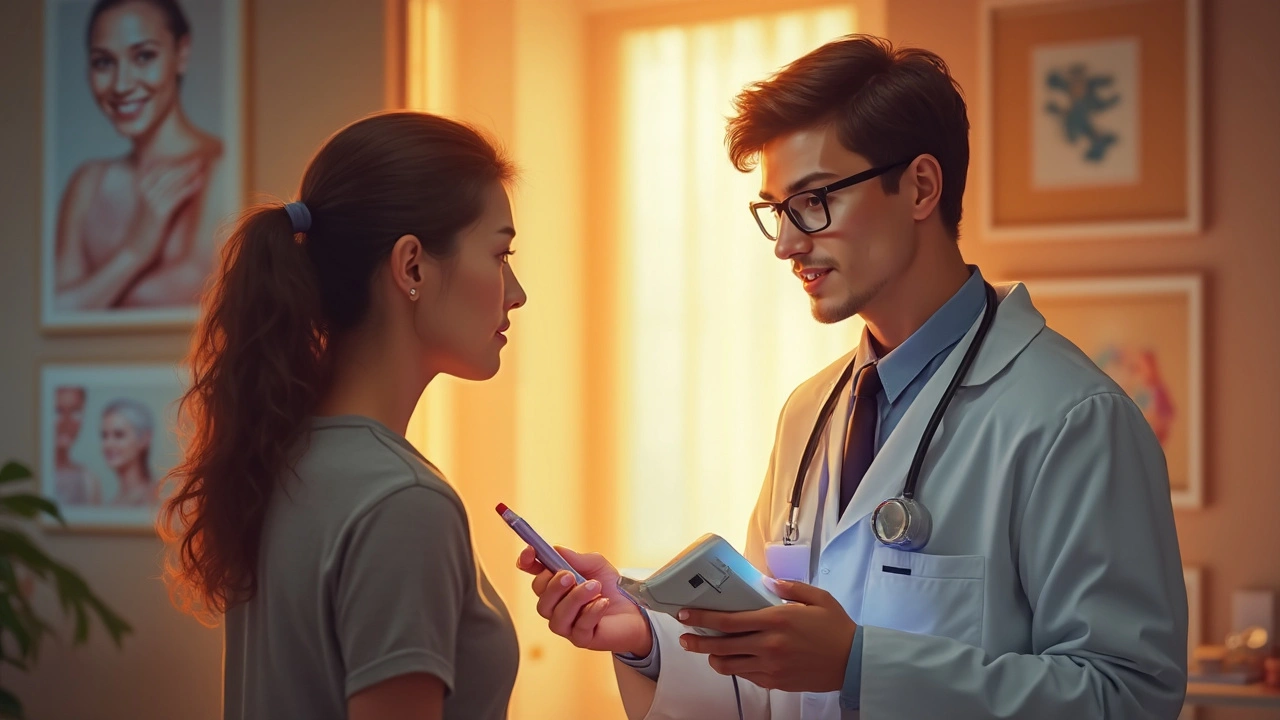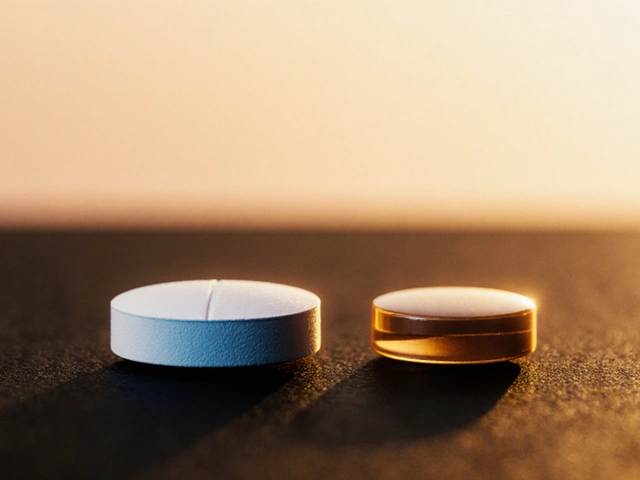Acne Treatments: Simple Ways to Get Clear Skin Fast
Acne shows up on almost everyone at some point, and it can feel like an endless battle. The good news? You don’t need a magic potion—just a few proven steps and the right products. This guide pulls together the most effective acne treatments, so you can stop guessing and start seeing results.
Effective Over‑the‑Counter Options
First line of defense is usually what you can buy at the drugstore. Benzoyl peroxide kills the bacteria that cause breakouts and helps unclog pores. Start with a 2.5% gel or wash, apply once a day, and increase to twice if your skin tolerates it. Salicylic acid works by exfoliating the inside of the pore, making it great for blackheads and whiteheads. Look for a 0.5%‑2% cleanser or spot treatment.
If you have oily skin, a lightweight, oil‑free moisturizer is a must. Skipping moisturizer can actually make your skin produce more oil, worsening acne. Choose products with non‑comedogenic labels to keep pores clear. Remember, consistency beats strength—using a gentle product daily is better than a harsh one once a week.
Prescription and Professional Help
When the over‑the‑counter stuff isn’t enough, it’s time to see a dermatologist. Topical retinoids like adapalene or tretinoin speed up cell turnover, preventing clogged pores. They can cause mild irritation at first, so start with a pea‑size amount every other night.
Oral antibiotics such as doxycycline or minocycline reduce inflammation and bacteria from the inside out. They’re usually a short‑term solution—doctors often limit use to three months to avoid resistance.
For women, hormonal acne often responds well to combined oral contraceptives or anti‑androgen meds like spironolactone. These balance hormone spikes that trigger breakouts, especially around the jawline.
In stubborn cases, a dermatologist might suggest laser therapy, chemical peels, or extraction procedures. These treatments target deep‑seated lesions and can dramatically improve skin texture.
Beyond meds, simple habits make a huge difference. Wash your face twice daily with a mild cleanser, avoid picking or squeezing spots, and change pillowcases weekly. A diet rich in fruits, veggies, and omega‑3 fatty acids can lower inflammation, while high‑glycemic foods may aggravate acne for some people.
Lastly, give any new routine at least 6‑8 weeks before judging results. Skin turnover is slow, and the real improvement shows up after a couple of months.
So pick the approach that fits your skin type and lifestyle, stick with it, and don’t hesitate to get professional advice if needed. Clear skin is within reach—just start with one small change today.
Discover effective alternatives to Isotroin for acne treatment and skin improvement. This article explores various options like laser therapy, highlighting their benefits and drawbacks. Learn how these alternatives can help achieve clearer, healthier skin.
Continue reading





